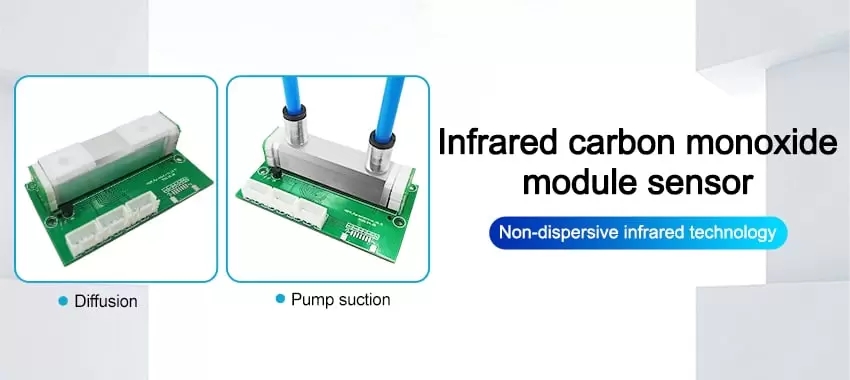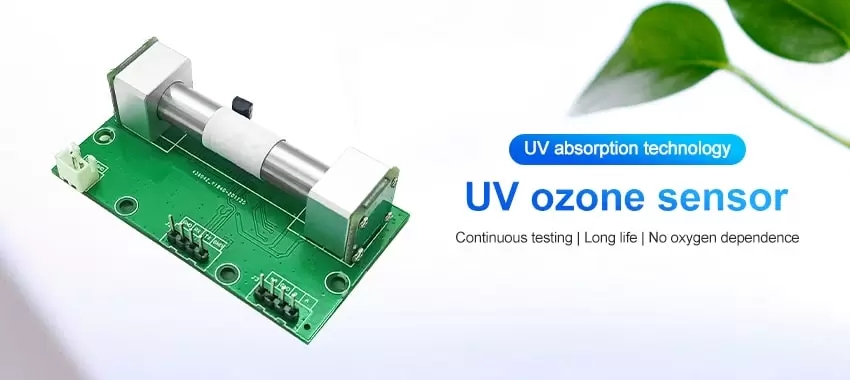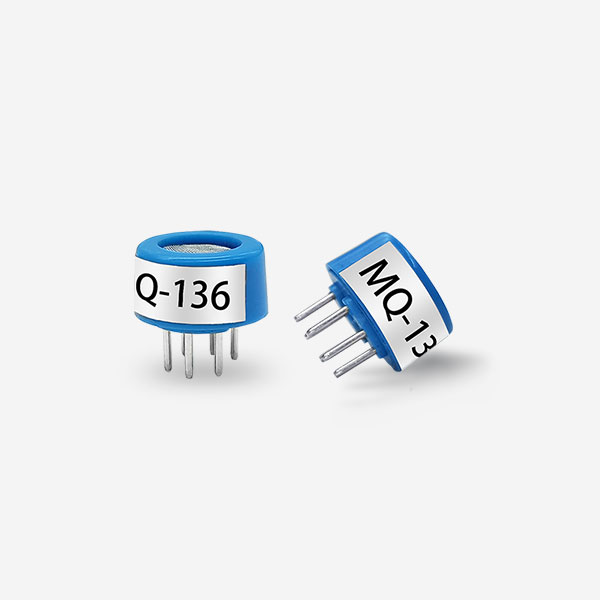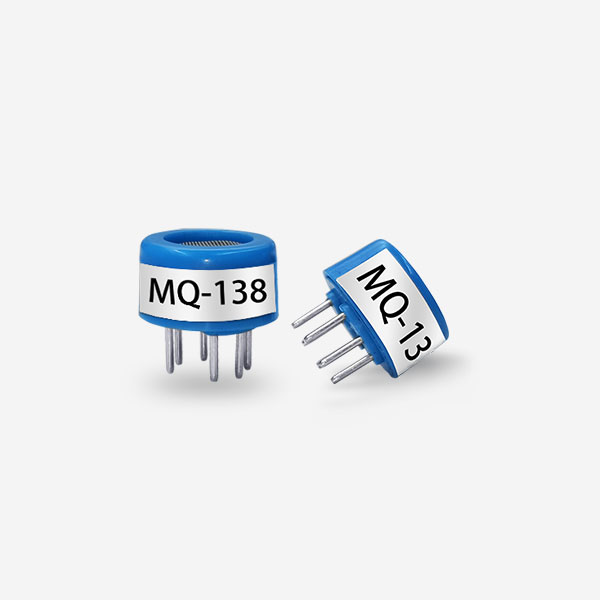Introduction to NDIR Sensor Technology
NDIR (non-dispersive infrared) sensor technology is an innovative approach to gas detection that has revolutionized the industry. This technology is based on the principle that some gases absorb infrared radiation at specific wavelengths, and the intensity of the absorbed radiation is proportional to the concentration of the gas. NDIR sensors use this principle to detect the presence of gas in a sample, making them an ideal solution for various applications, including industrial processes, environmental monitoring, and safety systems.
NDIR sensors offer several advantages over traditional gas detection methods, such as electrochemical and catalytic sensors. They are highly sensitive, accurate, and reliable, and they can detect gases at low concentrations. Additionally, they have a longer lifespan, require less maintenance, and are immune to interference from other gases, humidity, and temperature changes.

Advancements in Gas Detection with NDIR Sensors
Recent advancements in NDIR sensor technology have further improved the accuracy, sensitivity, and reliability of gas detection. One of the significant advancements is the use of dual-beam NDIR sensors, which have two detectors that measure the sample and reference signals simultaneously. This design eliminates the need for periodic zeroing, and it compensates for any changes in the light source or detector over time, ensuring long-term stability and accuracy.
Another advancement is the development of multi-gas NDIR sensors that can detect and measure multiple gases simultaneously. This feature is particularly useful for environmental monitoring, where multiple gases may be present, and it simplifies the installation and maintenance of gas detection systems.
Lastly, the use of smart NDIR sensors that have built-in microprocessors and communication interfaces has enabled remote monitoring, data logging, and real-time alerts. These features improve the efficiency of gas detection and enable proactive maintenance and troubleshooting.

Conclusion
NDIR sensor technology has transformed gas detection by offering a highly sensitive, accurate, and reliable solution. Recent advancements in this technology have further improved the accuracy, sensitivity, and reliability of gas detection, making it an ideal solution for various applications. With its long lifespan, low maintenance, and immunity to interference, NDIR sensors continue to be the preferred choice for gas detection in many industries.
 : +86 155 8830 2704
: +86 155 8830 2704 : jxdziot@gmail.com
: jxdziot@gmail.com
